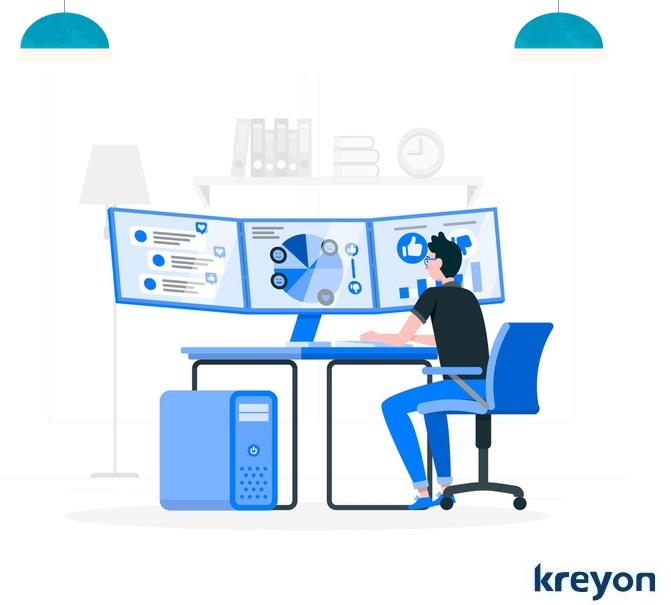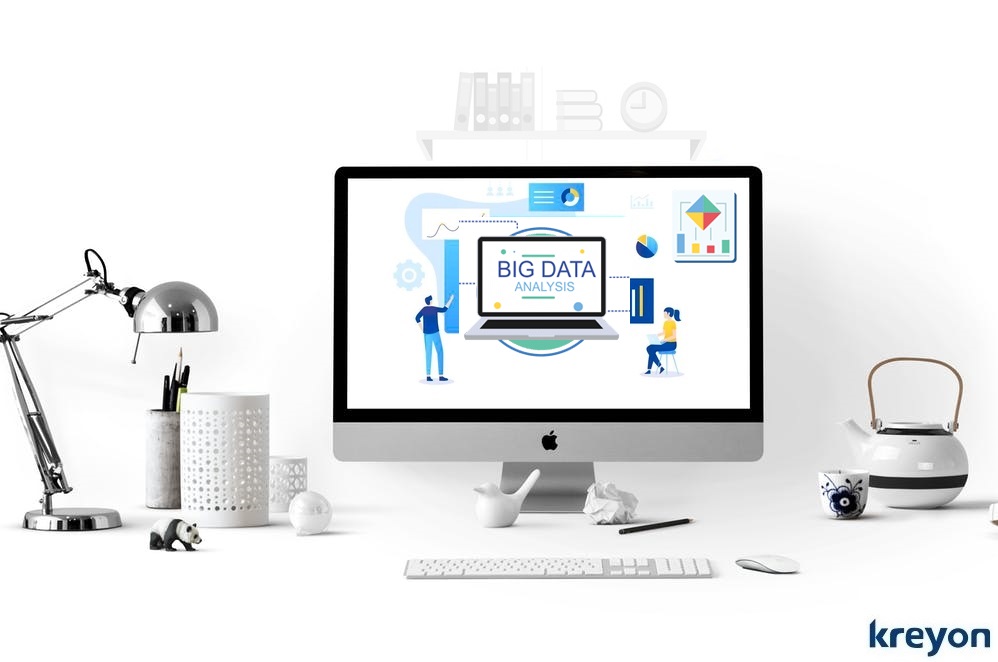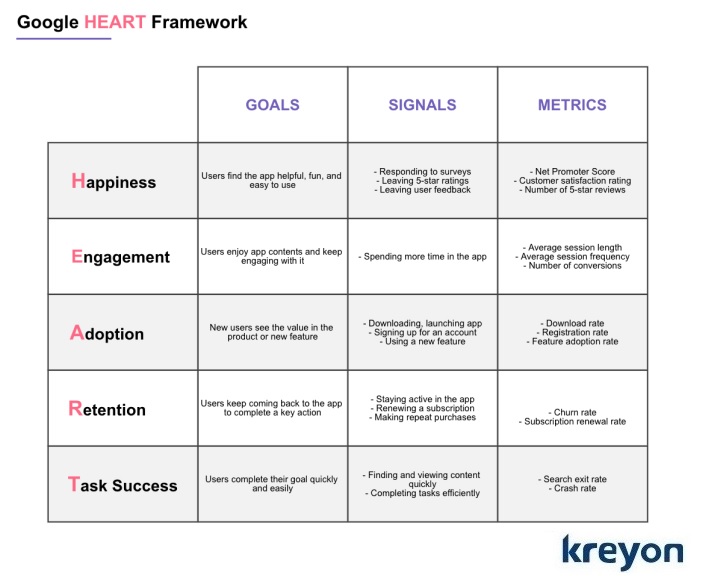Building Your MVP: How to Avoid Common MVP Pitfalls Step by Step

Building your MVP is often the first step in building a scalable product. Several successful products like Mailchimp, Gmail and Dropbox, etc started as MVPs in their earliest avatars. There are many more MVPs though that fail to win the customers for various reasons.
MVPs help companies build features or small products to unleash valuable customer experience. Many failed MVPs are bets and experiments that companies make to discover novel opportunities for building and growing their business.
However, building your MVP can be a harder task than it seems, there are many things beneath the surface that need attention. Here we look at some of the most common MVP pitfalls and how these can be mitigated:
1. No Business Model
If you operate without a business model, it will make your MVP unsustainable in the long run. You cannot depend on VCs to carry the day for you. A good MVP operates with a thorough understanding of the business models. Great products reimagine business models in creative ways to give them the edge in a technology-driven world.
A good business model can help you understand the cost implications for your customers and the value proposition your MVP delivers.
Can you create a new business model which can increase the value, but reduce the costs for your customers?
What are the top value creators in the business?
What are the cost drivers for your clients?
Is your MVP addressing the most critical parts of the client’s business?
A good MVP starts with a thorough understanding of the resources, key business activities, partnerships, costs and profits for a business. The MVP addresses the gaps in the existing market and unmet needs of the customer that create value.
2. Engineering a Mediocre MVP

A mediocre or a technologically deficient MVP doesn’t move the needle. Once you identify the core need that has to be addressed with your MVP, engineering a good MVP is important.
A mediocre MVP has too many features, distracts users, has poor workflows and doesn’t help users accomplish their key tasks.
When a user spends time on your product without achieving anything significant, it spells doom for your MVP.
A good MVP interacts with the users. It can be a very small feature which is focused on a small set of users, but ultimately it should add value. For e.g. Calendly is an appointment scheduler, but it makes appointment scheduling smooth and transparent. It also links to your chosen email provider.
Calendly makes appointments easier than before for the top executives saving their time and reminding them about their important calendar of events. It lets people avoid back and forth exchanges on email to set-up appointments by a dynamic scheduler.
A good MVP works well for the use cases it covers. It doesnt leave gaps in user experience, which can drive customers away. When customers interact with your product and they can get things done, they would use your MVP more often. But if the product doesn’t work properly, shows inconsistent messages, and leaves users frustrated, you cannot expect your product to generate traction even with the best sales teams.
3. Market Test
Most people get excited about the things they’re building. But the market is the place where your product can be tested, it is the reality check.
No company can survive without a real market for its products. Many enterprise customers spend far too much time building their MVPs in silos and delay the launch of their products.
Without launching your product in the market, you will never know the response of your product. Good MVPs are built when companies understand the psyche of the customers for whom they’re building the MVP. If a product owner or the CEO has faced the problem firsthand, his experience helps in building the right product. It can then be tested with a few pilot customers before things can take a concrete shape.
Never trust a pilot customer who tells you that your product is good, but never uses it. No one would tell you on your face that you’ve built a crap product. It doesn’t work like this. But the willingness of the customer to pay for your product is the best feedback for its acceptance.
Here are some important questions that need to be addressed in your strategic roadmap:
How quickly can you build your product prototype (8 weeks or so)?
Can you launch your MVP to get market feedback using the existing distribution channels?
Are you in the right market?
Do you have customers who are paying for your product?
4. Technology Adoption Curve

New technologies can solve business problems more efficiently than before. It creates an opens up new market opportunities for companies. When an MVP is developed that is either too much ahead of the curve or lags behind the state-of-the-art technology, it fails to win customers.
A competent team understands the right blend of technology and business to deliver functional MVPs for companies.
Getting the right technology for the MVP is an important aspect. Even though an MVP is typically launched in 6-12 weeks and gives your company the opportunity to see its feasibility, good technological choices can make or break your MVP.
When the technology is good, it makes things seamless, efficient, and fluid. It works like magic and delights customers.
When companies understand the inflection points in technology, they understand what technologies will be able to create a telling difference. For e.g. finance and accounting industries have a shortage of bookkeepers, accountants, and CPAs. With the advancement of AI & machine learning algorithms and banking APIs, it is now possible to develop an MVP to automate bookkeeping completely and generate all accounting reports.
Recognizing the right window of opportunity in your industry or space to launch an MVP makes the difference.
5. Paying or Pilot Customers
There is a notion that if a customer is paying you for your product, you take the money and build the product. It may not be the best approach though if you want to scale your MVP.
By targeting the wrong customer base, you can often dilute your product at an early stage. It can derail your product roadmap, add clutter and technical deficiencies to your product.
You cannot cater to all customers, in all segments and all locations with your MVP. Even companies like Google, Amazon and Netflix didn’t scale up overnight to serve billions of customers.
Your target profile and customers will determine the success of your product. As per pareto principle, 20% of customer segments will be able to give you 80% of your targeted customers. Focus on the right customer segment and the right target market.
A good market has growth opportunities to scale as you grow your customer base. It takes time to build a delightful MVP. By focusing on a smaller customer segment, you can build an MVP that can serve your customers better.
Take time to understand the problem of your customers deeply.
What makes your customer’s life miserable specifically?
How often do they face the problem?
How they are currently fixing their problem?
What options do they have to solve their problem?
What do the customers gain by solving this problem?
What are the consequences of not solving this problem?
What is their idea of a perfect solution for their problem?
When you build an MVP for your customers with the understanding of the above, you can deliver a much better MVP. If the customers don’t care about the problem you are trying to solve, you can talk to your customers to figure out where to focus your efforts.
6. Not Being Useful

When you build an MVP, you should be doing it to serve your customers not to showcase who you are. Is your product truly useful for the customer? If not, no one will care to use it. They will sign-up for the trials, but they wouldn’t ever use your product.
Getting in the custom’s shoes is the first step in building something useful for them.
How does your MVP help your customer? More importantly, are your customers aware of it? Because, customers never use the products that serve no value for them. No one wants to spend their time in giving feedback or trying new products unless it is useful for them.
Successful MVPs unleash tangible value and help customers achieve their desired outcomes. Companies need to figure out ways to uncover value for their customers and measure on how their MVP is doing. The MVP could use some data points to assess how customers perceive your product:
The HEART framework stands for Happiness, Engagement, Adoption, Retention, and Task Success. Things that get measured get improved.
A good MVP can be iterated and improved with real data points and focused efforts quickly. An MVP that is useful for the customers links features to client’s desired goals and value.
For e.g. a marketing automation product could lead to 40% more qualified leads every month. It serves a useful purpose for clients and is tangibly linked to the number of leads every month.
Kreyon Systems provides MVP development for clients globally. If you have any queries or need help in building your MVP, please reach out to us.
